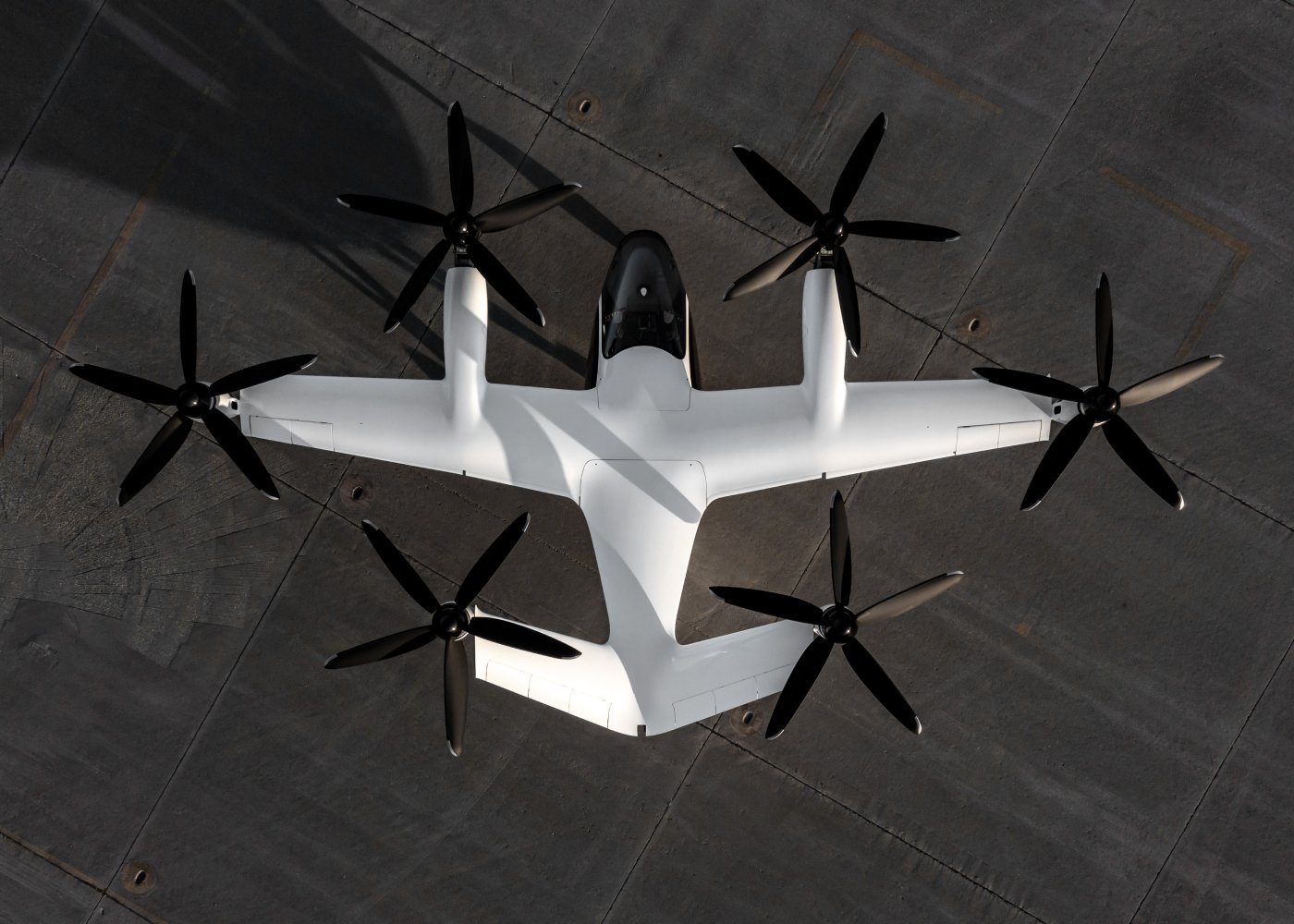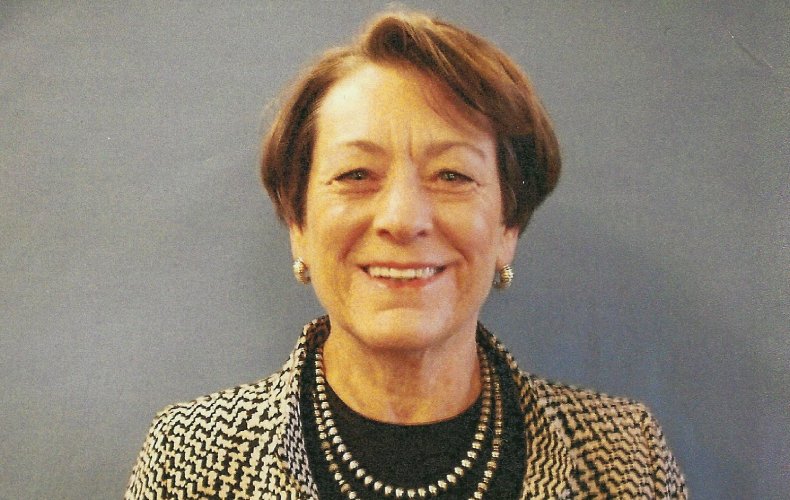As the advanced air mobility (AAM) era approaches, the aviation industry, authorization bodies and research institutes have come together in an extraordinary way to ensure it gets there safely, in the form of the international SAE G-35 Committee called “Modeling, Simulation and Training for New Emerging Technologies and Concepts.”

G-35 was formed in September 2021 to develop consensus-based standards for certification of eVTOLs and other new aircraft — piloted, remotely-piloted and potentially autonomously-operated — and also pilot training and certification standards, with a primary focus on maintaining and enhancing the outstanding safety record achieved in aviation.
The committee is also developing standards for the qualification and use of technologies, such as virtual reality, augmented reality and mixed reality for simulator devices, and is determining the applicability of modeling and simulation to reduce aircraft flight testing and pilot qualification and certification.
We caught up with Marilyn Pearson, global regulatory affairs specialist of AAM and eVTOL at CAE, who co-chairs G-35 with Dr. Andreas Schweiger, system architect at Airbus Defense and Space, to find out how her idea for this group became a reality, progress so far and what’s ahead.
eVTOL.com: Please tell us about how G-35 came about.
Marilyn Pearson: I have been in aviation my entire career as a corporate pilot and working at the FAA [Federal Aviation Administration] for 24 years. I had the opportunity to work with many divisions, with flight test engineers and pilots, developing regulations, waivers, exemptions, and for the last seven or eight years I was there, I saw how UAS [unmanned aerial systems] evolved. There were many groups that could have been in better contact. So as AAM started to emerge in the last few years, again there were so many groups working separately, and I knew it would be best to break down the silos and work together. I floated the idea to GAMA [General Aviation Manufacturers Association], VFS [Vertical Flight Society] and other groups, and was approached by SAE. They said ‘we’d like to support your idea.’ That was around February 2021. It was officially proposed and voted on at SAE, and G-35 was welcomed as a new committee in September 2021.
eVTOL.com: Is G-35 what you had originally envisioned?
Marilyn Pearson: I had envisioned some form of group working together, but I couldn’t envision that it would be a brand new international SAE committee. I’m extremely proud of G-35 and the work that we’re doing. I have to pinch myself. It’s humbling and challenging, and there are so many incredible people that have reached out to be a part of it. For me, it’s remarkably surprising, the success of it.
eVTOL.com: How is G-35 structured?
Marilyn Pearson: We have 130 members and all volunteers. We have representation from many OEMs [original equipment manufacturers], traditional aviation manufacturers and those in the AAM realm, regulators from FAA, EASA [European Union Aviation Safety Agency] and Transport Canada, and academics from the U.S. and Europe. We have biweekly meetings of the three subcommittees. The entire committee meets monthly. Many of us are on more than one subcommittee.
We’ve had one in-person meeting in June in Dallas at CAE where we got a lot done, and so we’re planning another in November. It will be in Germany at Airbus, hosted by my co-chair Andreas. It’s a relatively new committee and the progress has been substantial.
eVTOL.com: Tell us about the three sub-committees.
Marilyn Pearson: One subcommittee is focused on aircraft certification using modelling and simulation. We’re trying to enable the industry to use as much of that as possible in lieu of actual flight testing. We’ll look at the existing use of simulation for system certification credit and identify areas of possible certification by simulation.
The second subcommittee is focused on developing standards for the qualification of flight simulator devices that can be used to the maximum potential in this realm. We think of virtual reality, augmented reality and mixed reality, it’s all new technology for aviation, but not new for things like gaming and the drone racing leagues.
The third subcommittee is focused on pilot licensing and certification. We are looking at not only what’s required in terms of regulatory requirements, but also public acceptance for on-board, off-board and autonomous flights. Initially, pilots will be on-board these aircraft, but the future may see autonomously operated aircraft and we need to develop that pathway forward.
eVTOL.com: What is your progress so far?

Marilyn Pearson: We have three standards documents in progress now, one from each subcommittee, and we hope to have drafts in circulation within SAE by the end of the year. That’s tremendous progress in this short period of time and speaks to the enthusiasm and dedication of members. I can’t tell you what’s in the documents but there is a large focus on how simulation devices and models can be used as much as possible. We’ll see how close we can get to as an industry toward zero flight time for flight testing, pilot training, and type certification.
We expect that when finalized and eventually adopted by the regulators, these three documents will grow over time and the committee will grow with the industry.
eVTOL.com: Can you tell us about how existing regulations come into play as these documents are developed?
Marilyn Pearson: We are leaning toward developing performance-based standards focused on a simulator device or model being capable of performing a certain level, and also leaning on existing regulations from around the world. In some cases, regulations may or may not apply. A number of regulators have representatives on G-35 serving as liaisons and it’s up to each regulator to determine how they want to use these standards as guidelines with the regulations they are developing.
eVTOL.com: What has been most gratifying?
Marilyn Pearson: Through my time at FAA, I saw how different aspects of the industry really didn’t interact. For example, various divisions worked toward the same goal, only separately. But G-35 is different and AAM is quite different than anything that has come before. So even though the three subcommittees focus on different areas of certification, at the same time, there is bleed-over and many G-35 members work across all three subcommittees. We’ve structured G-35 so the subcommittees will meet biweekly on a Tuesday, Wednesday, Thursday, so one can attend all three subcommittee meetings if one wishes.
We are ensuring that everyone understands all of the work is interconnected, and we are working more and more closely together to this end. I believe we are a tight knit group. There is so much buzz about this new industry, and the level of excitement is something I’ve never experienced. We’re working hard to see it succeed, at the speed of safety.
eVTOL.com: Is there much pressure to move as quickly as possible?
Marilyn Pearson: We have safety in mind first and foremost. All of us have been in aviation a long time. Whether that’s civil aviation or military aviation, we understand the importance of safety above all. Yes, the time pressure is there — it’s the elephant in the room. There’s an urgency but we know we have to get it right and that means getting there safely. We haven’t skipped any steps and we don’t intend to. We’re all working together for the same goal.
eVTOL.com: Are you still open to new members?
Marilyn Pearson: Yes, we are. I attended the Farnborough International Airshow recently and we picked up some members from that event. We urge others who are interested to contact us. We are always happy to have knowledge and enthusiasm in our group. I’m proud that people are aware of what we are doing and want to be a part of it. It’s a very exciting time to be in aviation, and there is a very strong determination within G-35 that AAM will succeed. There is too much dedication, expertise and enthusiasm for it not to succeed.









Excellent initiative. We need such men n women n organization to facilitate introduction of new technologies lest they become disruptive. Utilising new technologies is a serious matter which can not be lest to law makers